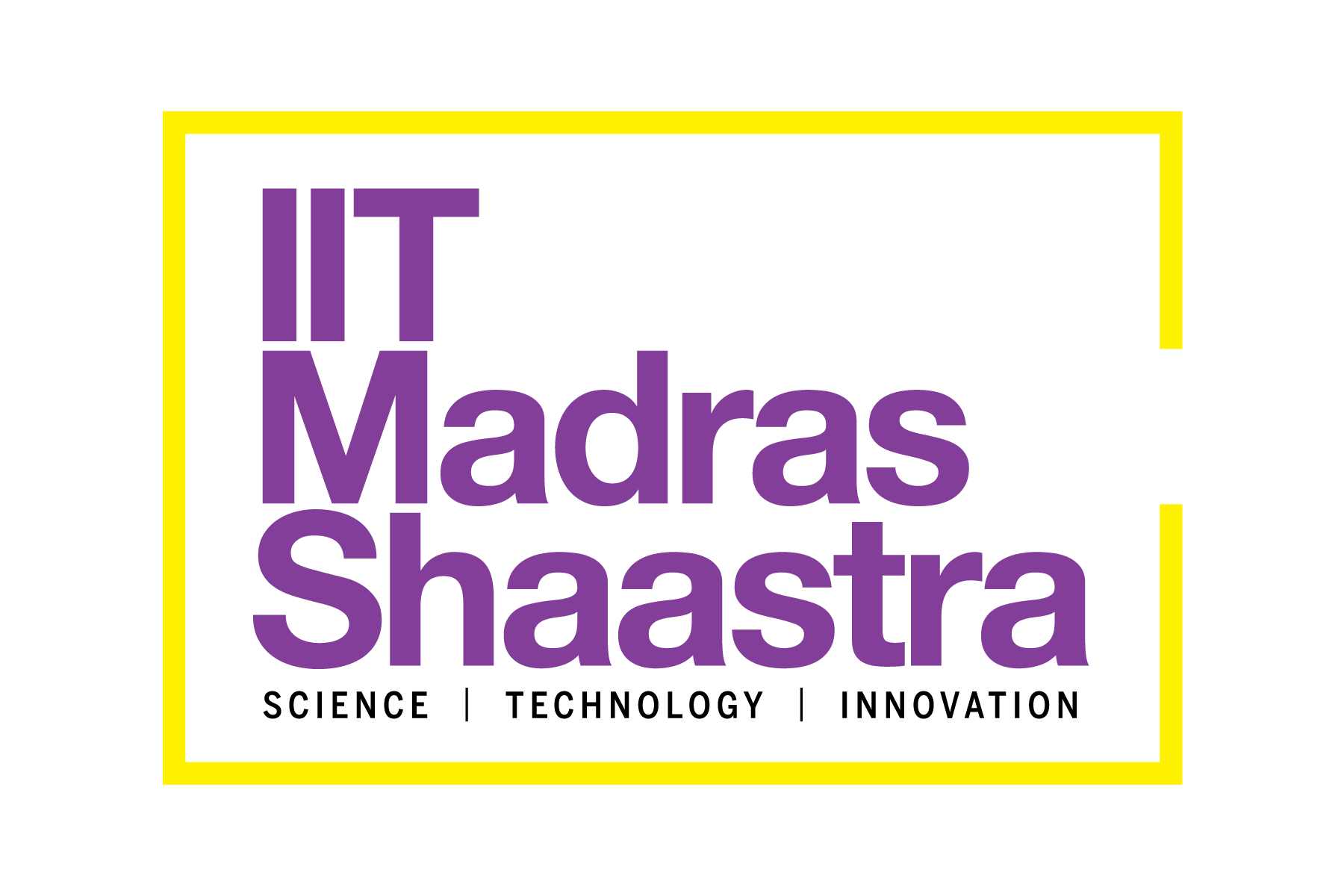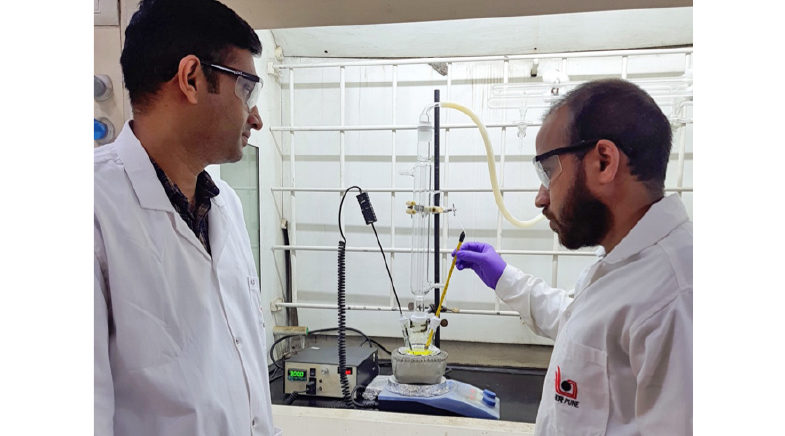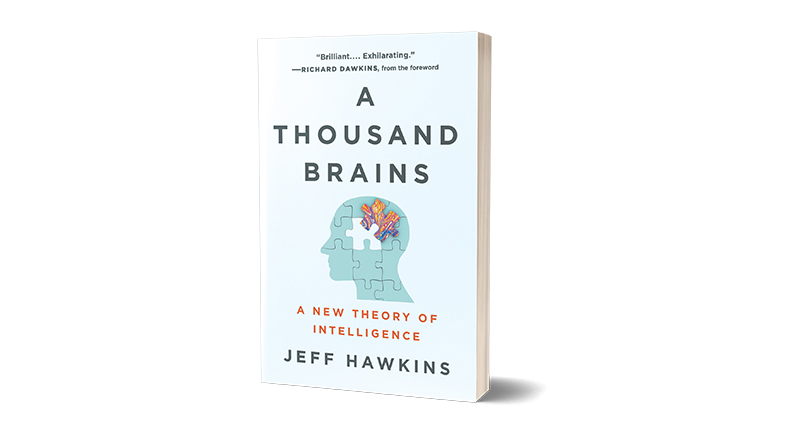The gene map
-
- from Shaastra :: vol 04 issue 08 :: Sep 2025

An assessment of the impact of the Human Genome Project, which promises to save millions of lives, in India and elsewhere.
In June 2000, American President Bill Clinton and British Prime Minister Tony Blair jointly announced, through a packed press conference, the sequencing of a rough draft of the human genome. Scientists had been working through the 1990s to sequence the human genome in full, and they had made rapid progress in the years preceding the announcement. It was not a complete job. Technically, only about 90% of the genome was sequenced when leaders decided to announce it. But it was a big advance considering that only 6% had been sequenced just two years earlier.
Scientists' faith that genomics would usher in a golden era of medicine has not been misplaced. Their only error was in imagining that it would happen over years rather than decades.
By February 2001, the multi-country project team had published a working draft of the genome. The final genome map was ready by April 2003. There were significant differences between the two maps. The rough draft had 90% of the genes sequenced, but with 150,000 gaps. The final map had 99% of the genome sequenced, with fewer than 400 gaps. Scientists also realised, during the project, that human DNA contains roughly 30,000 genes, and that vast parts of the DNA are not genes per se. In other words, they do not code for proteins. Now it is understood that the non-coding regions are vital for gene regulation and probably for several other functions.
The sequencing of a rough draft of the human genome was celebrated around the scientific world and beyond. There was a feeling among scientists and businesspeople that the human genome map would open doors to new treatments, and that several untreatable diseases would now become treatable. However, it later became apparent that the DNA sequence does not provide a direct understanding of disease or a treatment method. Most diseases were complex, with an interplay between several genes and the environment. Genome sequencing was no magic bullet.
However, sequencing became firmly established in research and medical practice once a full reference sequence was available to all scientists. As data got built up about variations, as sequencing became cheaper and new tools became available for intervening in the genetic machinery, the full power of genome technologies became apparent. The optimism of scientists and policymakers was not out of place. They did not err in imagining that genomics would usher in a golden era of medicine. The error was in imagining that it would happen over years rather than decades.
A quarter of a century has passed since the rough draft of the human genome was sequenced, and it is as good a time as any to look back and assess the impact of the project so far. Our Cover Story this month, by Manupriya, looks at the impact of public sequencing data on research in India. The country was not a member of the sequencing project: only six countries participated in it – the U.S., U.K., Germany, Japan, China, and France. However, when the data became public, several countries started on a path of genome research that led to several applications. Indian institutions started serious research in genomics. Sequencing slowly began to be practised in medical care, especially in cancer treatment.
This year, 2025, is considered the centenary of quantum mechanics and is celebrated as the International Year of Quantum Science and Technology. On page 36, G.S. Mudur describes how scientists are trying to solve some of the fundamental riddles of quantum, which many scientists feel the human mind does not understand. Why do objects seemingly exist in multiple states and yet collapse into one when they are observed? Why do particles separated by long distances act as one? Why is gravity not part of a theory of quantum mechanics? Mathematics tells scientists that these are all true, and calculations provide results that work in the real world. And yet, no one seems to understand what is at the heart of quantum mechanics. Mudur's story describes experiments that may put such questions to rest in the future.
In other stories, we describe the potential of seaweed as a sustainable material, about virtual labs that help scientists speed up research, and new ideas in disaster preparedness. Our data story on page 32 explains the problems faced by the electric vehicles industry because the supply of critical minerals is concentrated in a few countries. This is a story that Shaastra magazine will keep a close watch on.
See also:
Have a
story idea?
Tell us.
Do you have a recent research paper or an idea for a science/technology-themed article that you'd like to tell us about?
GET IN TOUCH














